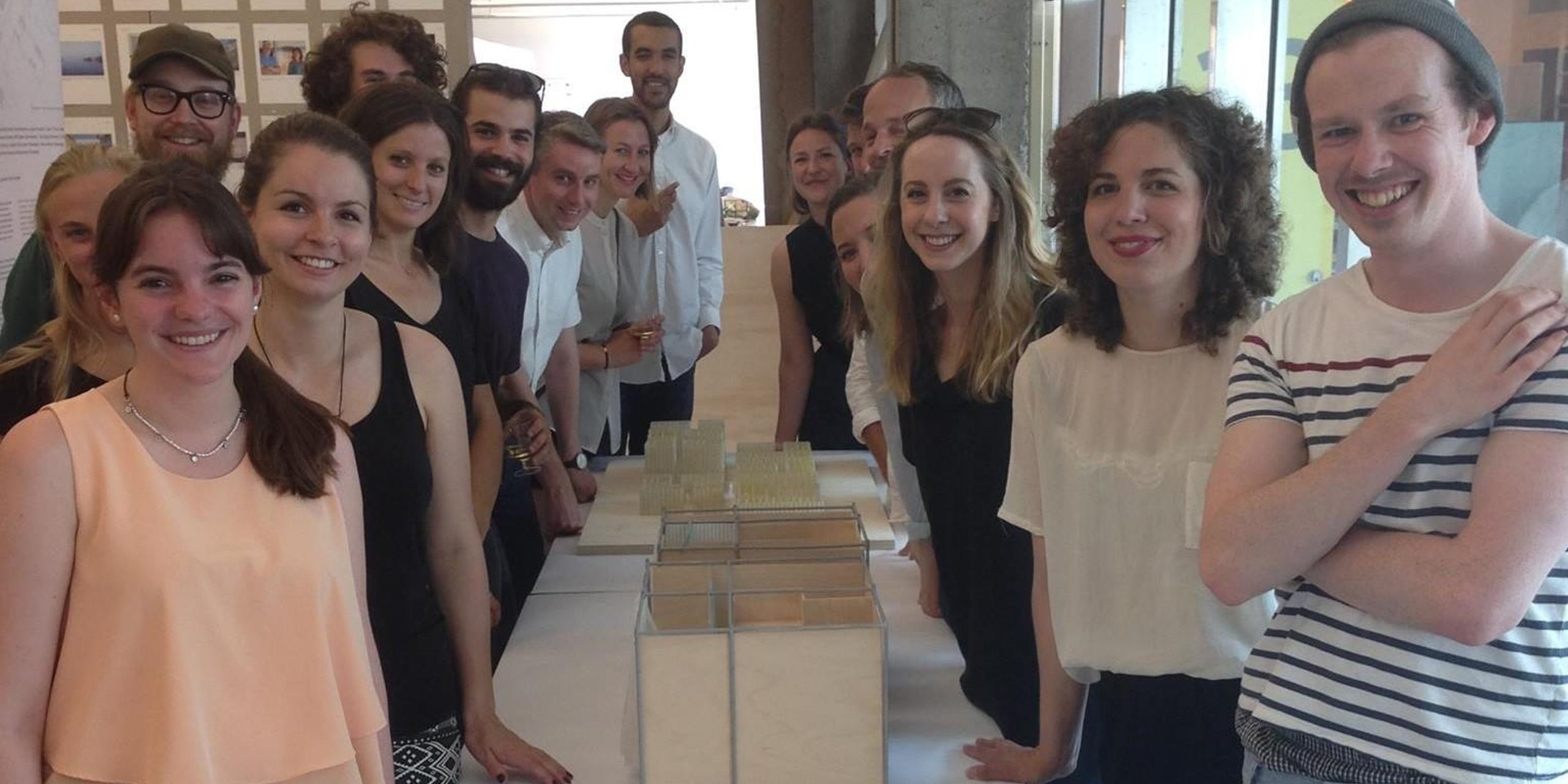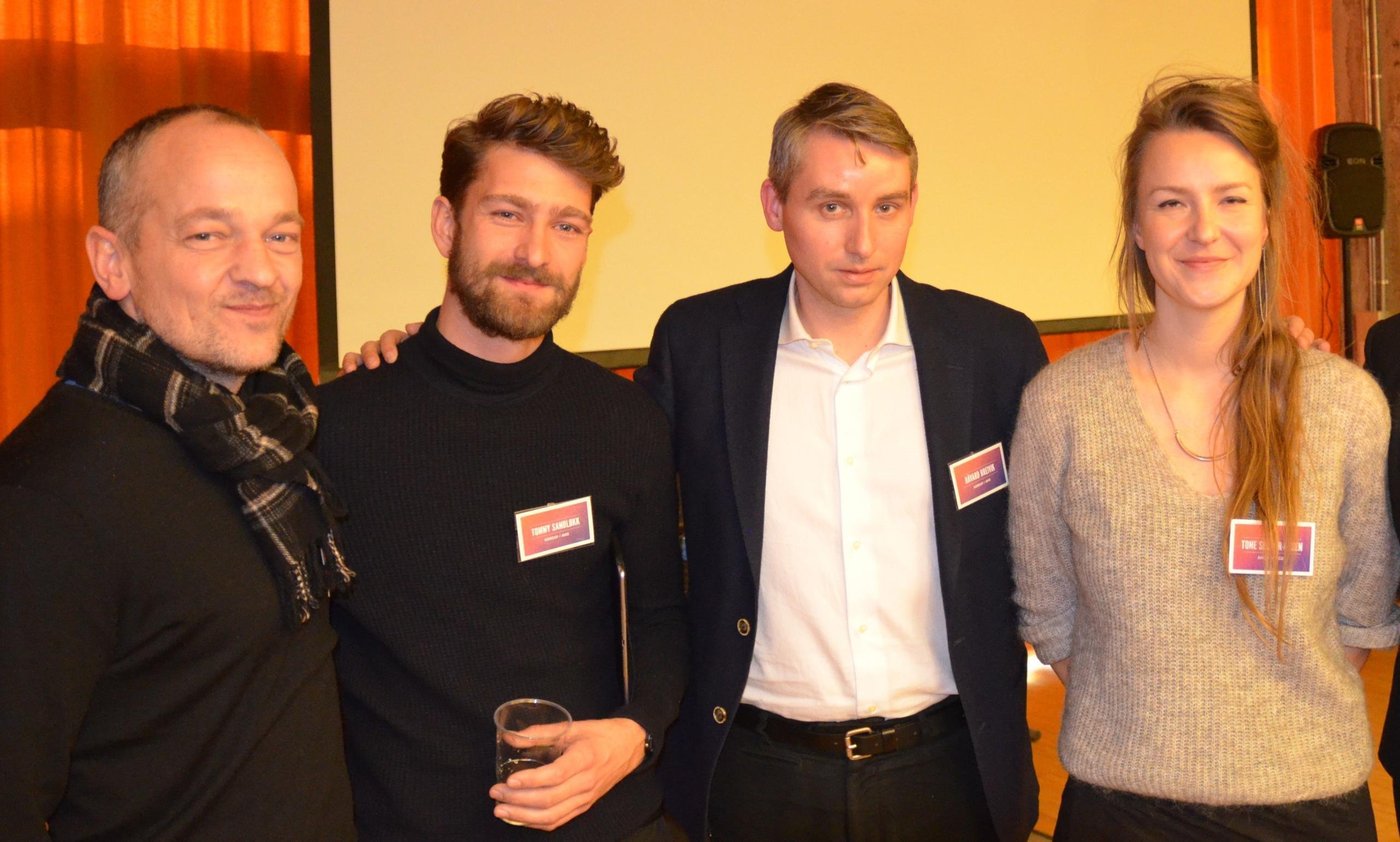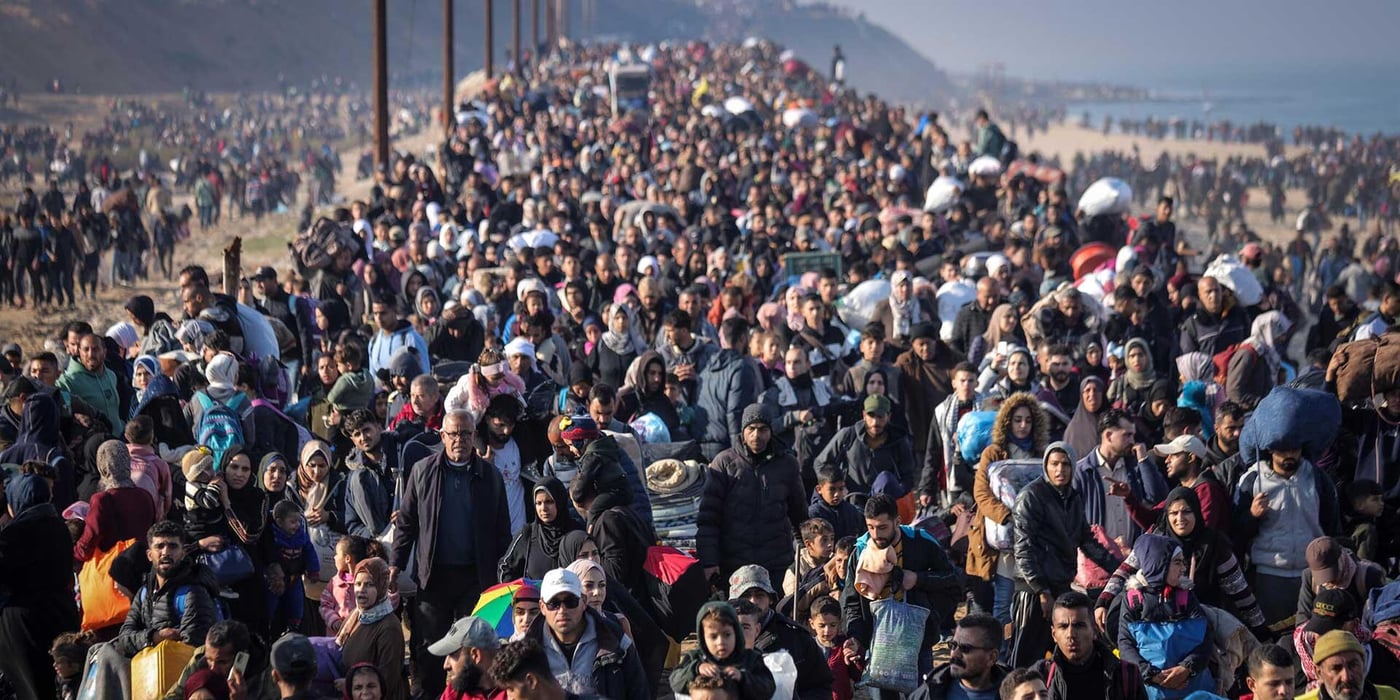
The two architects have, together with NORCAP adviser Jørn Casper Øwre, developed the pilot project "BUILD" and the In Transit studio, which is the core of their masters' course In Transit – safe spaces in crisis context, in cooperation with the Oslo School of Architecture.
"We established this project based on the need for more experts like Tone and Håvard, people who know the technicalities of designing and constructing facilities while also keeping in mind the humanitarian principles. There is a need to find new methods within humanitarian work when it comes to new displacement patterns, where more and more people live outside organised humanitarian camps and in urban settings", says Øwre.
"The courses are specifically designed to function as a testbed for merging academia with field experiences, with the aim of developing new thinking and fresh approaches to the way we respond to urgent needs for people in transit situations. The students' projects showcase the potential for multi-and after use of buildings, how to plan medium and long term to create liveable and sustainable environments for new arrivals and host communities", says Tone Selmer-Olsen.
Valuable contributions
The In Transit course started with a pilot semester in the winter 2015-2016, with the first 13 students finishing in June 2016. This autumn, the course has new students ready to tackle the challenges Selmer-Olsen and Breivik throw at them. Together with NORCAP and Øwre, they also input to a similar course at the Bergen Architecture School, providing students with valuable insight into humanitarian work and standards.
The project will be further developed and the results of the work done so far are being presented at the global camp coordination and camp management retreat in Geneva in September.
"We are very pleased that this work can contribute to strengthening the global cooperation with the UN organisations working with shelter, camp and urban settings. In this way we create new solutions, better cooperation with local authorities and a greater understanding of people's vulnerability when they are displaced", Øwre says.

Experienced emergency experts
Tone Selmer-Olsen and Håvard Breivik were already experienced NORCAP experts when they were asked to go on mission last summer. Both had worked in earthquake- affected areas in Haiti and Nepal, where they had seen first hand the limitations and politics surrounding a humanitarian emergency.
During the summer of 2015 refugees and migrants crossed the Mediterranean in large numbers to get to Greece, and continued through Eastern Europe to countries such as Germany, Sweden and the UK. Selmer-Olsen and Breivik were stationed in Macedonia and Hungary to support the UN High Commissioner for Refugees in assisting the respective authorities in these countries.
"Acutely aware of how time constraints during an emergency allow little room for creative thinking and innovation, we thought of one group that, for a few years, is allowed time for the development of innovative solutions: students. We drafted a project proposal after working hours in a hotel bar in Skopje, Macedonia, asking to engage the Oslo School of Architecture and Design", says the two.
Sense of normality
Both experts place importance on designing and constructing buildings and spaces that offer a sense of normality in extreme situations. During the summer of 2015, while working in reception centres in Hungary, Breivik realised that refugees and migrants who had access to sports fields and sitting benches experienced far less stress than those in facilities which did not have these offers.
"Our main recommendation to the Hungarian Directorate for Immigration might seem banal to many; spend money on a new basketball hoop rather than on the salary of yet another security guard'. Being allowed to function as an individual, have tea with a fellow human being, can reduce stress and serve as a security measure in itself", he says.
Sustainable, long term planning
According to the two Norwegian architects, humanitarians and national authorities must increase their long term planning when designing and constructing reception facilities, because the current mechanisms do not cater for the current crisis environment.
"Establishing camps and reception facilities that do not take into account the basic human need for socializing and being active, could have serious implications for the occupants in the long run, as the average length of stay in a refugee camp is 17 years globally, and 1.5 years in a Norwegian reception facility. As such, there is a need for new strategies, solutions and tools that solves both immediate needs and long-term use", says Tone Selmer-Olsen.
"We don't believe that design, architecture and planning can solve it all – but we know, based on our own experiences, that we can contribute in creating safe and dignified living arrangements for displaced populations – whether this is caused by natural disaster or war and persecution", adds Håvard Breivik.



